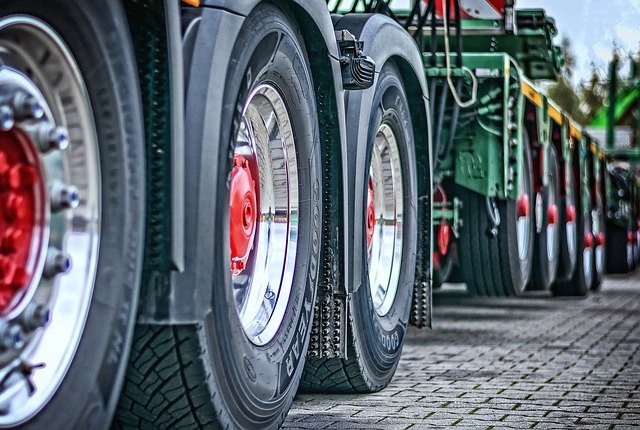-
The Alliance of Concerned Truck Owners & Organizations (ACTOO) against single truck lane policy along Radial Road 10, fearing port congestion
-
Manila Traffic and Parking Bureau began restricting trucks to one lane of R-10 on October 26
-
ACTOO said previous experiments with one-lane scheme worsened traffic

The Alliance of Concerned Truck Owners & Organizations (ACTOO) is opposed to the single truck lane policy being implemented by the Manila Traffic and Parking Bureau (MTPB) along Radial Road 10 (R-10), fearing it might trigger another port congestion.
The group said that while it supports the city government’s effort to improve traffic within Manila, it does not agree the single lane policy is the right solution.
It added that the scheme runs counter to the national policy of unimpeded flow of cargoes and might trigger another port congestion.
ACTOO is requesting a meeting to discuss the issue further, ACTOO Committee on Special Concerns chair Jun Papa said in a letter dated October 26 to MTPB director Dennis Viaje.
MTPB on October 26 began restricting trucks to one lane of R-10, specifically to the third lane on the left.
Viaje, in a letter dated October 19 to ACTOO president Ricardo Papa, said the policy is in reference to Metro Manila Council (MMC) Special Traffic Committee (STC) Resolution No. 02 Series of 2016 and Inter-Agency Council on Traffic’s (i-ACT) One Truck Lane Policy.
MMC STC Resolution 02-2016 implements a single truck lane policy along C-5, Katipunan Avenue, Congressional Road, Mindanao Avenue, and R-10. The resolution allows exemptions for valid reasons.
ACTOO said the single lane policy will trigger “another round of much-dreaded port congestion” as it will result in erratic movement of trucks. R-10 is an important road leading to and from the different terminals at the Port of Manila.
“Even our current Terminal Appointment Booking System (TABS) designed precisely to solve port congestion and ensure the continuous smooth and efficient flow of cargo will be put to trash, leading the way back to the old traditional system of random, free-for-all, devil-may-care cargo handling delivery,” ACTOO said.
TABS is a government-approved web-based system—piloted in October 2015 and fully implemented in 2016—that manages truck movements in and out of Manila International Container Terminal and Manila South Harbor. TABS is a collaborative solution by the government and supply chain stakeholders to prevent a repeat of the congestion in Manila in 2014 that arose from the truck ban and other road policies that were introduced by the local government.
ACTOO added the one lane scheme has been tried in the past and resulted in a “much bigger problem.”
A one truck lane policy was implemented on Circumferential Road 5 in 2014 aimed at addressing traffic congestion supposedly caused by a huge increase in the volume of trucks passing through.
ACTOO noted that at one point in 2014, the single lane implementation “created an unprecedented clogging of traffic which found the trucks queuing and unmoving from NLEX (North Luzon Expressway) to R-10.”
ACTOO said this “pushed the national government to intervene and overrule local governments implementing single lanes, asserting the national government’s rights over national roads.” The single lane was then limited to some selected areas, excluding the port zone or the national roads leading to it, ACTOO noted.
Relatedly, the group said the national government “recognizes the extreme importance of a smooth and efficient flow of cargo trucks,” which is why “despite so many restrictions imposed on the movements of other sectors during this pandemic, the national government was explicitly clear from day one that movement of cargo trucks must be ‘unhampered and unimpeded.”
The Inter-Agency Task Force for the Management of Emerging Infectious Diseases, organized to respond to the COVID-19 pandemic, has issued various resolutions ordering that movement of all types of cargoes via land, air, and sea should remain unhampered.
“Constriction or clogging schemes of any sort for cargo trucks would run counter to this policy and wisdom,” ACTOO pointed out.
Moreover, ACTOO said Manila City mayor Francisco Domagoso in his previous speeches was “emphatic” about giving preference to trucks in the port zone and categorically stated in a meeting with the transport community that if there were areas and roads in the port zone that could be utilized, trucks would be given priority.
ACTOO as of press time has yet to receive a response from the city government of Manila.





